Text: Monika Lüthje, Outi Kugapi, Emily Höckert, Ritva Saari and Nuccio Mazzullo
At this very moment, the members of the ARCTISEN-team are visiting and interviewing tourism actors across the Arctic. The main purpose of these encounters is to gain better 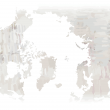 understanding of different kinds of visions, challenges and needs among local communities living in the project area. Moreover, we are using questionnaires to explore what the tourists’ – the guests’ – might be expecting and thinking in relation to cultural sensitivity in the Arctic. After few months of conducting interviews, collecting questionnaires and gathering information from a wide range of documents, we will be able to weave together with our colleagues a transnational, initial report on culturally sensitive tourism, and most of all, to draw a road-map that will guide the forthcoming activities of the project.
understanding of different kinds of visions, challenges and needs among local communities living in the project area. Moreover, we are using questionnaires to explore what the tourists’ – the guests’ – might be expecting and thinking in relation to cultural sensitivity in the Arctic. After few months of conducting interviews, collecting questionnaires and gathering information from a wide range of documents, we will be able to weave together with our colleagues a transnational, initial report on culturally sensitive tourism, and most of all, to draw a road-map that will guide the forthcoming activities of the project.
For us at the University of Lapland, this project is in many ways a real dream-come-true. Monika Lüthje and Nuccio Mazzullo have worked with similar questions in Finnish Lapland already in the 90’s, Outi Kugapi and Ritva Saari have more recently conducted research on indigenous tourism in Sápmi, and Emily Höckert’s work has been driven by curiosity of collaborative ways of developing tourism. A more concrete idea for a common project was born in the end of 2015 from mutual concerns about the exploitation of indigenous cultures in the middle of expansive growth in tourism. We constructed the project plan together with stakeholders who shared similar concerns and found it important to support innovative tourism enterprises to develop their products and services in culturally sensitive ways.
Finally, in June 2018, we received positive news from Northern Periphery and Arctic Programme: the project had been selected to receive funding for around 1,5 million euros. In November, project partners and associated partners from Norway, Sweden, Finland, Greenland, Denmark, Canada and New Zealand gathered by the Arctic Circle in Rovaniemi, Finland for the kick-off meeting of ARCTISEN. The project
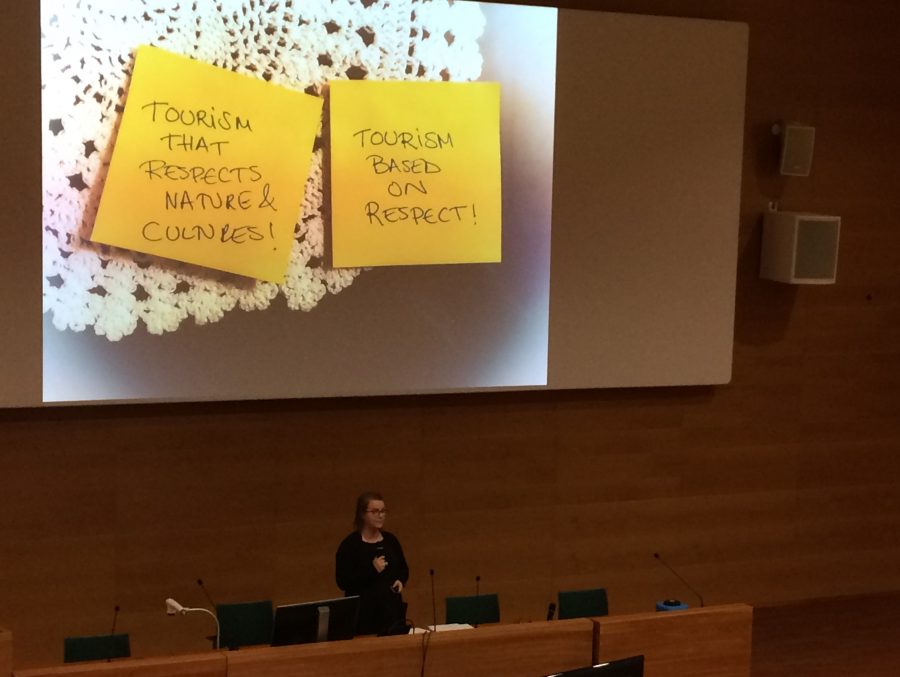
Project manager Outi Kugapi presenting ARCTISEN in November 2018.
is set to run for the next three years (2018-2021).
During the following weeks, all the ARCTISEN partners will present themselves more in detail, and share their thoughts on cultural sensitivity in tourism. Please notice that you can find detailed information about the project from our website, and follow the latest moves through Instagram and Facebook. In case you have any questions, comments or ideas, please do not hesitate to write to our mail address arctisen@ulapland.fi.
Best wishes from ARCTISEN team at the University of Lapland (the lead partner),
Monika, Outi, Emily, Ritva and Nuccio

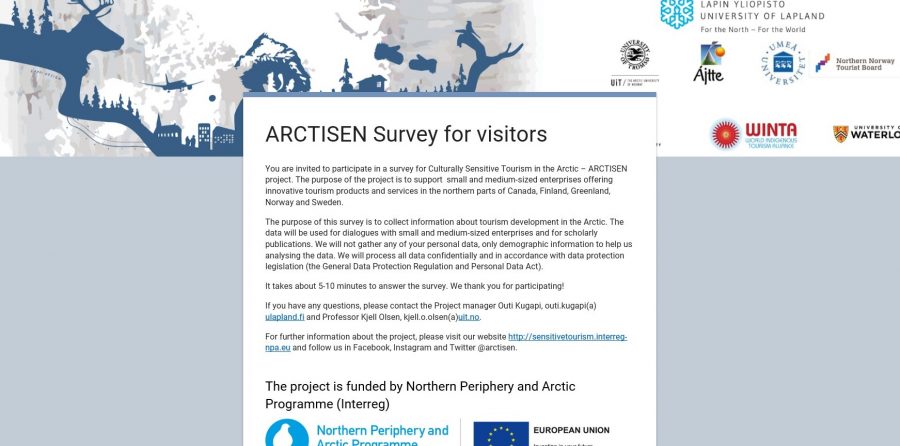

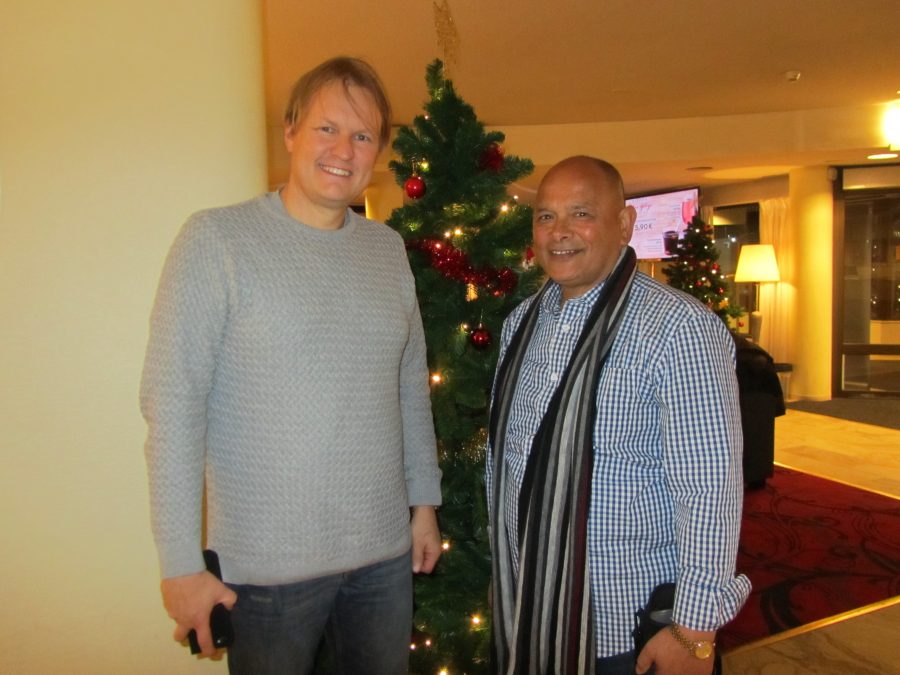
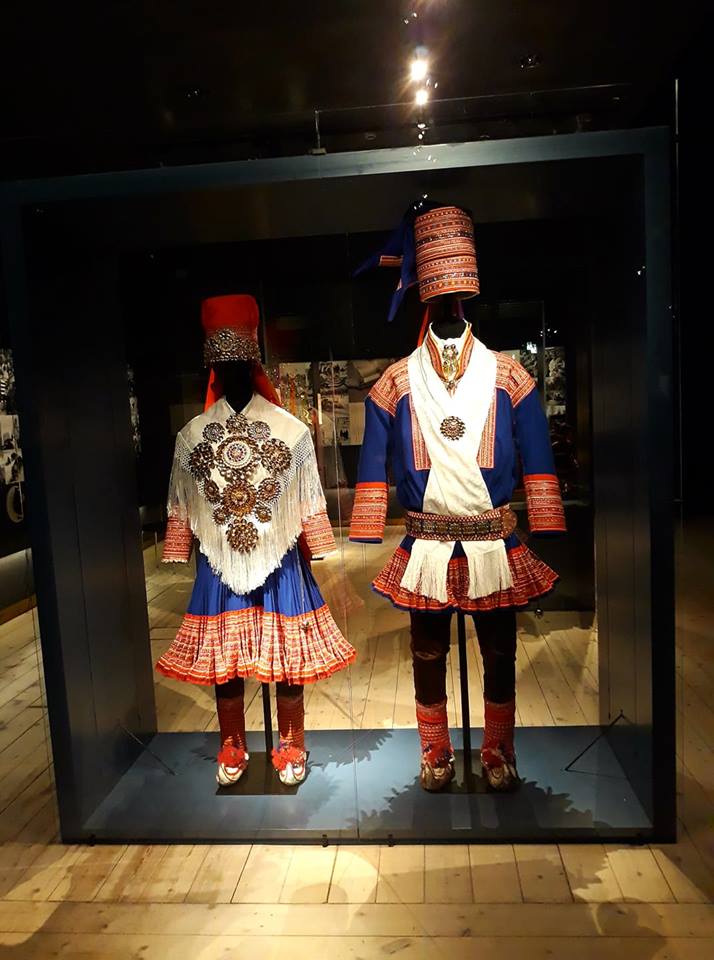
 understanding of different kinds of visions, challenges and needs among local communities living in the project area. Moreover, we are using questionnaires to explore what the tourists’ – the guests’ – might be expecting and thinking in relation to cultural sensitivity in the Arctic. After few months of conducting interviews, collecting questionnaires and gathering information from a wide range of documents, we will be able to weave together with our colleagues a transnational, initial report on culturally sensitive tourism, and most of all, to draw a road-map that will guide the forthcoming activities of the project.
understanding of different kinds of visions, challenges and needs among local communities living in the project area. Moreover, we are using questionnaires to explore what the tourists’ – the guests’ – might be expecting and thinking in relation to cultural sensitivity in the Arctic. After few months of conducting interviews, collecting questionnaires and gathering information from a wide range of documents, we will be able to weave together with our colleagues a transnational, initial report on culturally sensitive tourism, and most of all, to draw a road-map that will guide the forthcoming activities of the project.